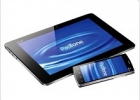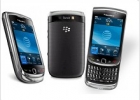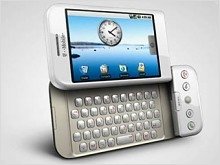- Introduction of Android-communicator T-Mobile Pulse
-
2009-09-04 00:00:00
T-Mobile, mobile operator, formally introduced the Android-communicator T-Mobile Pulse, which is also known as Huawei U8220. This apparatus is already in the near future will be available to residents of Europe. Communicator T-Mobile Pulse is made in monoblock form factor besklaviaturnogo. Its technical specifications are at the middle level, but due to the relatively low cost, it is of interest to many users of mobile devices. On board the communicator T-Mobile Pulse running Android 1.5. In addition to a large set of services from Google, its supported projects MyCommunity and Media Center. The first allows you to work comfortably with your contacts, and the second is intended for viewing media content on your device. Specifications T-Mobile Pulse: Standards: GSM 850/900/1800/1900 MHz, UMTS / HSDPA / HSUPA OS: Android 1.5 Processor: Qualcomm 7200A CPU running at 528 MHz Display: touchscreen, 3.5-inch with a resolution of 320x480 pixels, shows 16 million colors Camera: 3.2 megapixel with autofocus and flash Memory: 256 MB, support for microSD memory cards Communications: Wi-Fi (802.11b / g), Bluetooth 2.0 c A2DP, 3,5-mm jack Duration of work: in standby mode up to 300 hours of talk time up to 210 minutes Additional features: GPS-receiver
- Introduction of Android-communicator T-Mobile Pulse



















